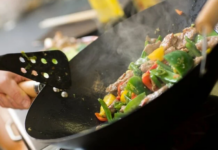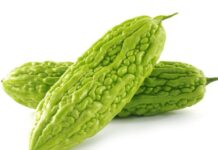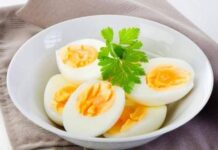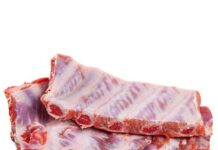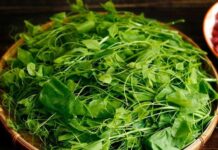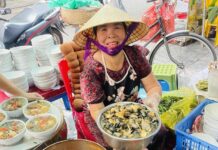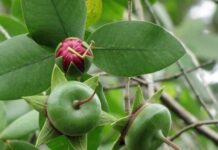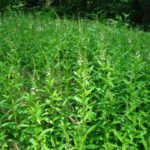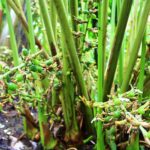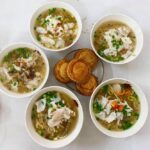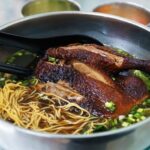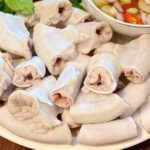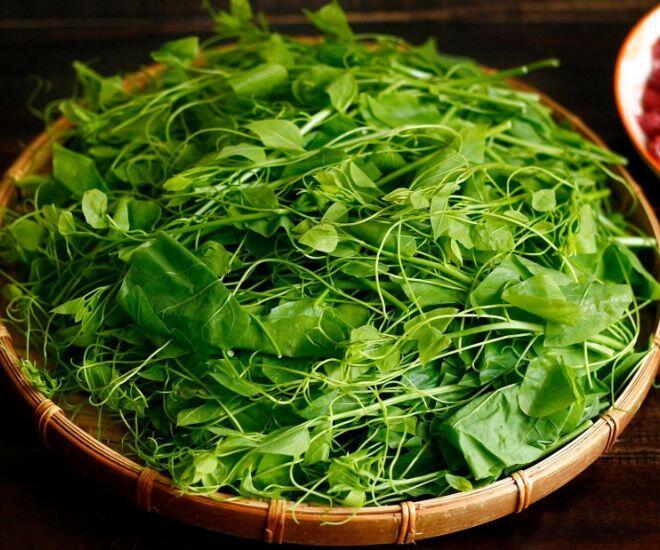
Bò khai, a climbing plant native to the rocky mountains of Cao Bằng, Bắc Kạn, and Lạng Sơn provinces, is a culinary gem cherished by locals. Its tender shoots and young leaves are transformed into delectable dishes like stir-fries, soups, and boiled delicacies. Resembling water spinach in leaf shape, its stems are plump and round, akin to those of chayote. In the highlands, bò khai is a humble yet irreplaceable vegetable, boasting a unique flavor profile.
The most intriguing aspect of bò khai lies in its distinctive “pungent” aroma, true to its name. Before cooking, the vegetable is thoroughly kneaded to mellow its scent, yet a subtle hint of its signature fragrance lingers. This very aroma makes bò khai unforgettable for many diners. According to local wisdom, stir-frying, especially with garlic or beef, elevates bò khai’s taste. Boiling or soup-making often diminishes its crispness and aroma, making stir-frying the preferred method.

Two primary varieties of bò khai exist: white and red. The white variety is more common and widely cultivated, while the red is rarer but prized for its richer, sweeter flavor. During the forest vegetable season, bò khai is a favored choice for its delicious taste, purity, and nutritional richness.
Beyond its culinary appeal, bò khai has long been valued in traditional medicine. Mountain dwellers use it to treat conditions like kidney stones and viral hepatitis. The preparation is simple: leaves, stems, and branches are boiled in water for consumption, using either fresh or dried ingredients. Bò khai also revitalizes those suffering from fatigue, loss of appetite, or weakness. A steaming bowl of bò khai soup or a warm infusion is believed to enhance health and appetite. Notably, raw or minimally processed bò khai is considered more potent in its medicinal properties.

Recognizing its economic potential, six households in Cao Bằng village established a cooperative for bò khai cultivation in 2017. By 2020, this grew into the Cao Bằng Agricultural Service Cooperative with 13 core members, later expanding to 21 members and 20 associates, cultivating over 40 hectares. This marks a significant step in making bò khai a key agricultural product of the region.
According to the cooperative, bò khai yield varies seasonally. In colder months, production decreases, but prices rise. Monthly, the cooperative harvests about 2 tons of fresh vegetables, priced at approximately 60,000 VND/kg—a premium compared to ordinary vegetables, reflecting its high demand and economic value.
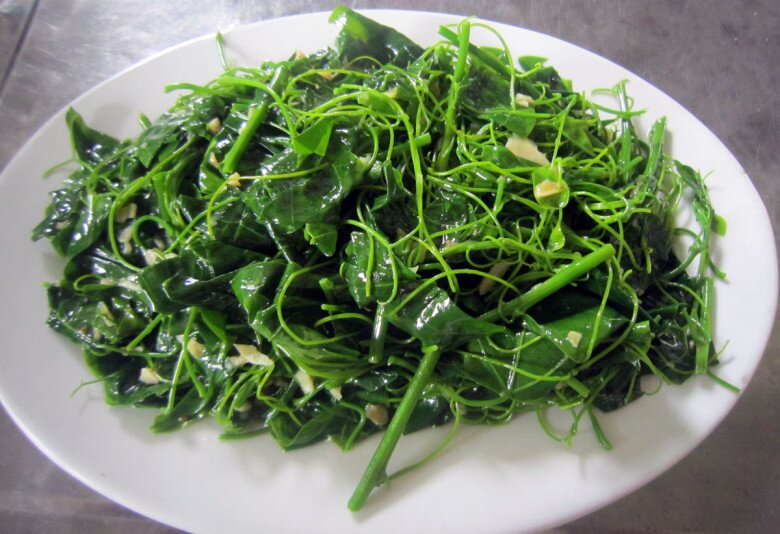
Bò khai is not only popular domestically but is now exported overseas after processing and packaging. This success stems from standardized farming, harvesting, and preservation practices by local farmers and cooperatives. Exporting this forest vegetable opens new avenues for highland agriculture and showcases Vietnam’s unique culinary heritage globally.
In major cities like Hanoi, bò khai is increasingly available in specialty stores and clean food markets, though it remains scarce in traditional markets due to limited supply and pre-order sales. Its growing popularity has led restaurants, especially those featuring highland specialties, to include dishes like garlic stir-fried bò khai and beef stir-fried bò khai, captivating diners with its distinct flavor.
From a humble dish to a celebrated highland specialty, bò khai has won the hearts of both domestic and international consumers. It not only boosts income for mountain communities but also celebrates the unique flavors of Vietnamese cuisine, where nature and tradition intertwine to create culinary masterpieces.
The World’s Most Expensive Fruit: Vietnam’s Abundant Harvest of a Renowned Delicacy, Fetching $52 per Kilogram
Nestled in the rugged terrains of Northern Vietnam’s mountainous provinces, the world’s most coveted spice is flourishing. This rare and luxurious ingredient, once a well-kept secret, is now poised to become Vietnam’s next major export sensation. Its unparalleled quality and exclusivity make it a treasure sought after by connoisseurs worldwide.







